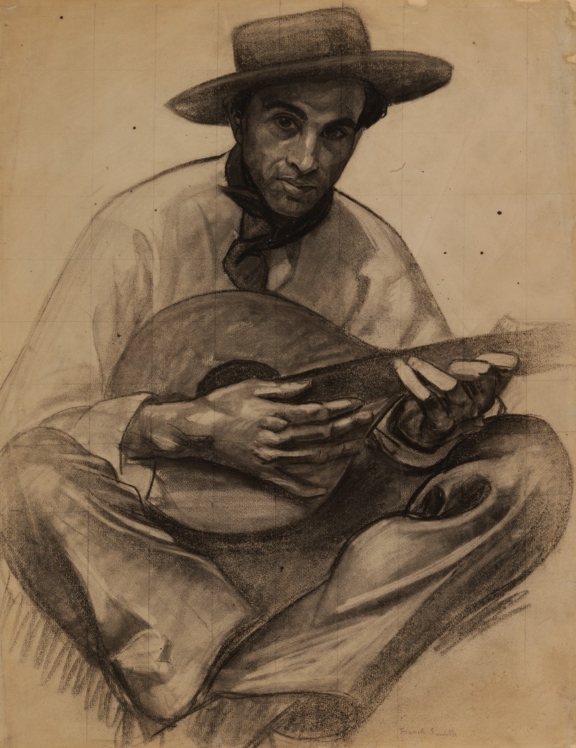
Francis Smith
Retrato de Manuel Bentes
1881 – 1961
Painter, poet and magician, “who created everything from almost nothing”, Francis Smith opposed a painting of calm fantasy to the effervescence of a bursting art world (1907 was the year in which Picasso painted Les Démoiselles d’Avignon). An independent spirit who always took with him an oasis of interior peace, he lived through the turbulent years of the first half of the European twentieth century believing in the possibility of expressing all the happiness in the world through art. “Vous êtes un provocateur!”, wrote the painter Isis Kischka (1908-1974) in the catalogue for an exhibition organized by the society “Les amis de Francis Smith”, celebrating the painter’s 80th birthday, who however passed away before its inauguration. For Kischka, the provocation consisted in the example the painter gave by leading a happy life in a world that didn’t share his feelings. He therefore compared him with J.-B. Corot (1796-1875) and Pierre Bonnard (1867-1947), finding in all three identical virtues and the same talent.
Francis Smith rarely exhibited on his own, participating, however, since the 1930’s in several Salons (Salon de Peintres Témoins de leur Temps, des Indépendants, d’Automne, des Tuilleries, de la Peinture à l’Eau et du Dessin, des Comparaisons d’Asnières, des Grands et les Jeunes d’Aujourd’hui …). An infinite discretion preserves Smith’s painting from the perils that the banal anecdote can inflict. Against the background of a happy childhood, where the paternal figure occupies a central role, a miniscule, but captivating comedy of life unfolds itself. The characters that populate the parks, gardens and fields in Francis Smith’s paintings never cross the limits of these spaces, amphitheaters which resemble Nativity scenes or altar pieces. The adventure is in them as painting is in Smith, who works from his own personal universe. A friend of Marcel Proust, his work combines the same strive for, and discovery of, a lost time.
In 1911 Francis Smith participated in the Exposição Livre [Free Exhibition] in Lisbon, regarded as a founding moment in Portuguese art history: through it emerged the first “moderns”, who later would be classified as the “founders” of Modern Art. There is no shortage of good reasons for Portuguese art history do dedicate a renewed attention to a painting style which, through its technical language, maintains itself faithful to some movements from the Paris School of the 1920’s, but whose wonderful world stems from a Portuguese lyricism.
Isabel Lopes Cardoso
May 2010

Retrato de Manuel Bentes
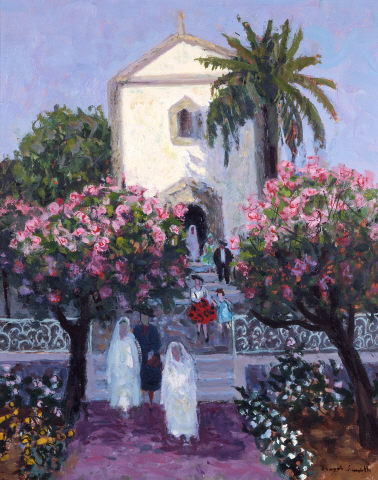
La Comunnion ( A Comunhão)
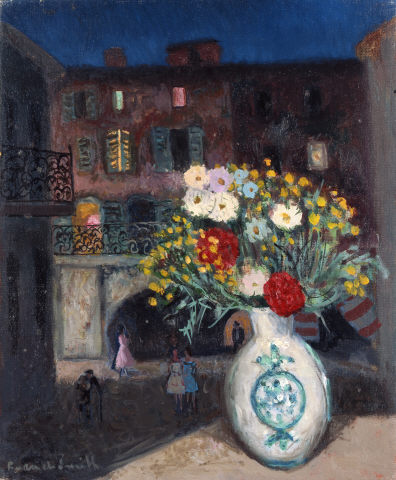
Nyons le soir
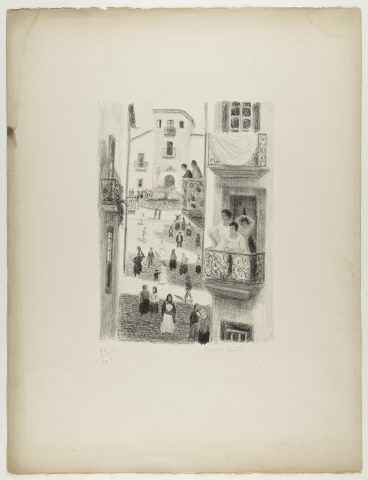
sem título
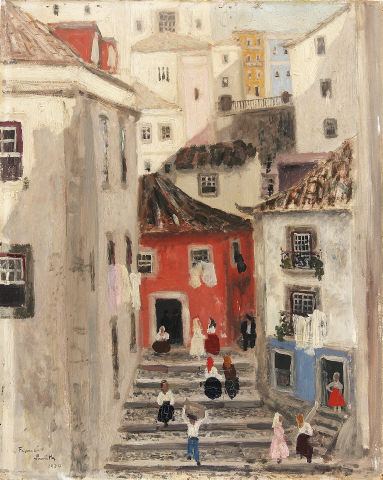
Lisboa – Alfama
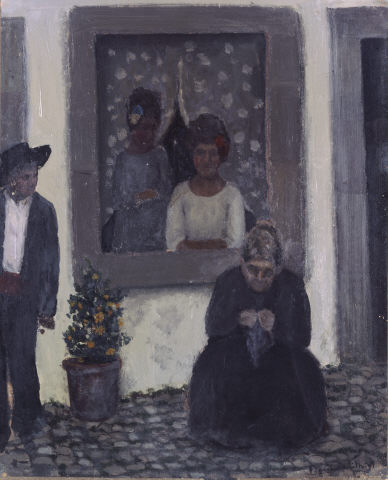
sem título [untitled]
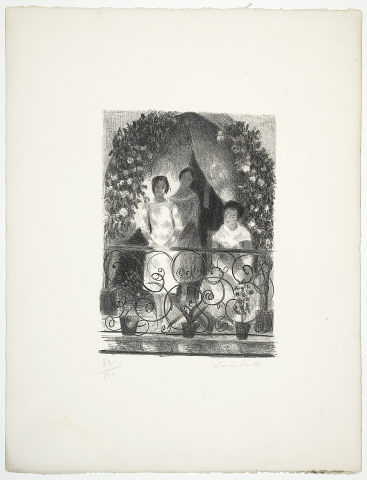
sem título
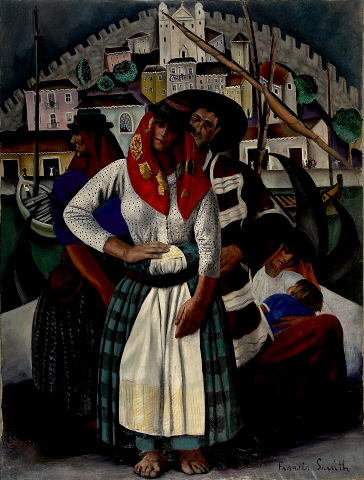
Pescadores (Pêcheurs portugais)

La petite concierge
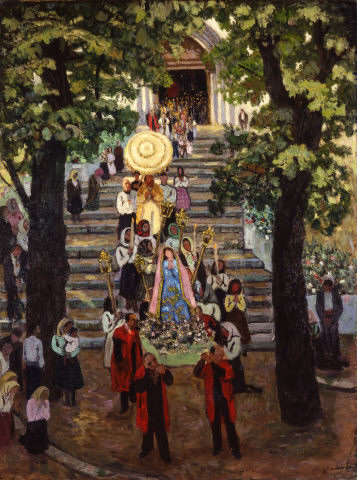
A Procissão (La Procession)
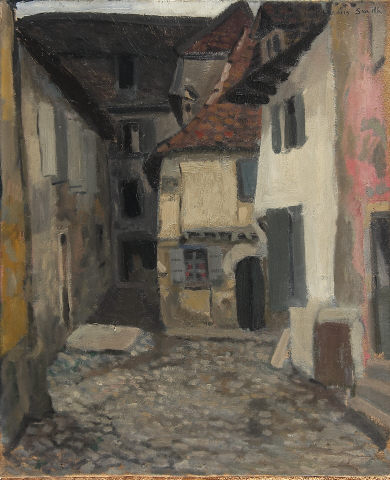
sem título
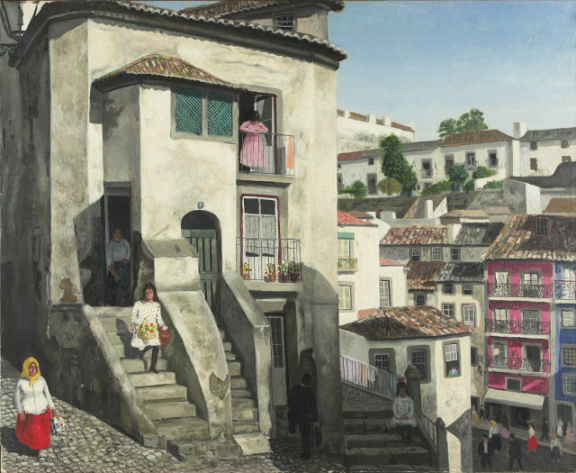
Largo do Menino de Deus
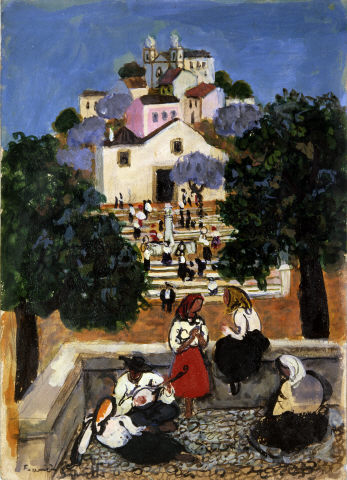
Saída da igreja

s/título
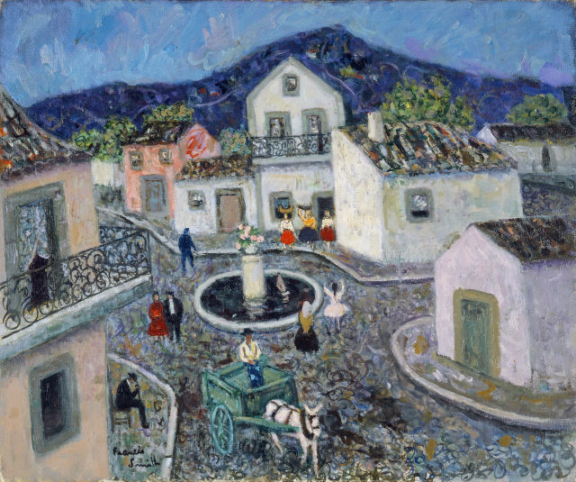
Largo de aldeia (Petite place au Portugal)

Vue sur la campagne
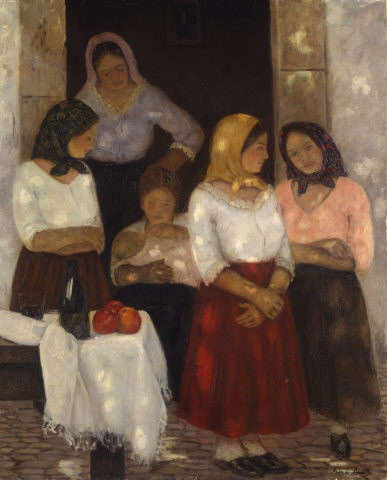
Figuras de mulher à soleira
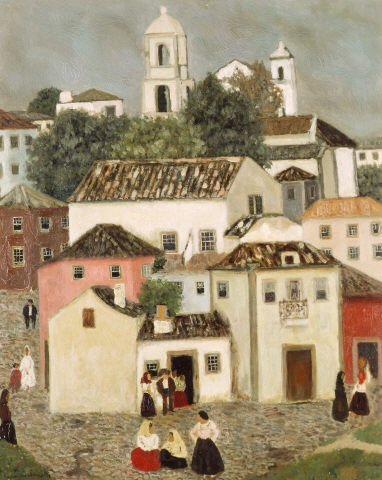
Aldeia portuguesa (Village portugais)
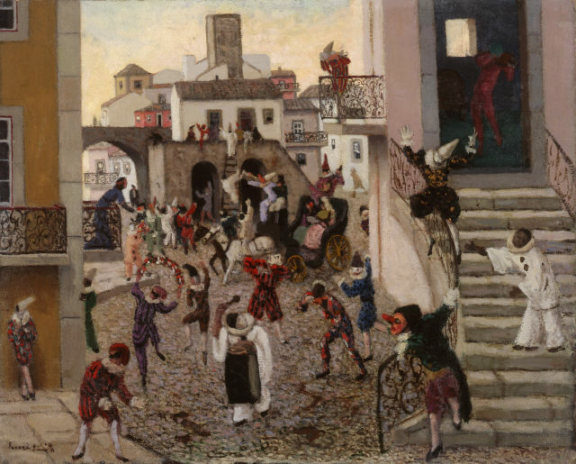
Mardi Gras
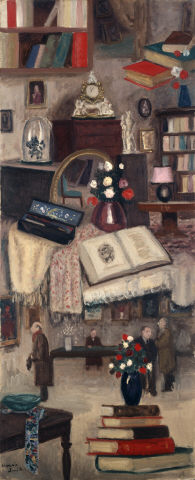
s/título (Composição)
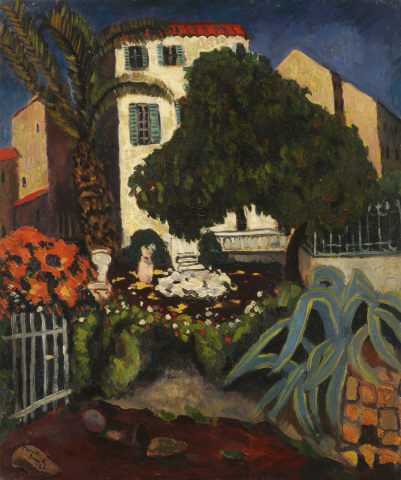
Paysage du Midi

s/título

Saint Germain-des-Prés
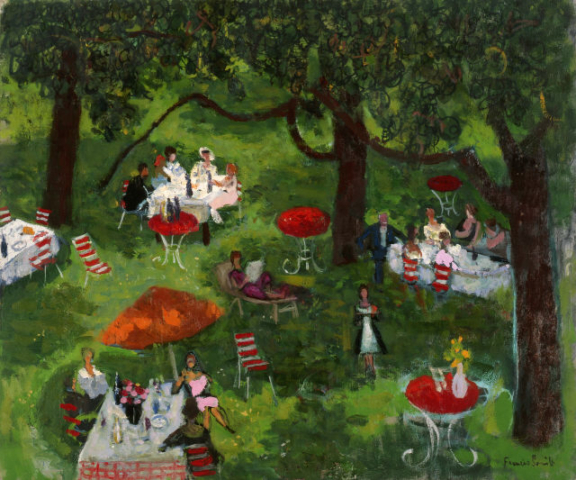
Les petites tables, grande cour (Petit déjeuner à Honfleur)
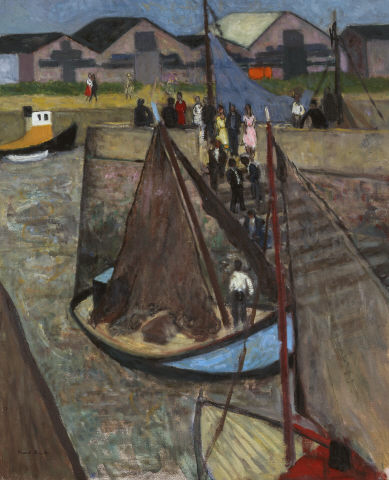
Le Port à Honfleur